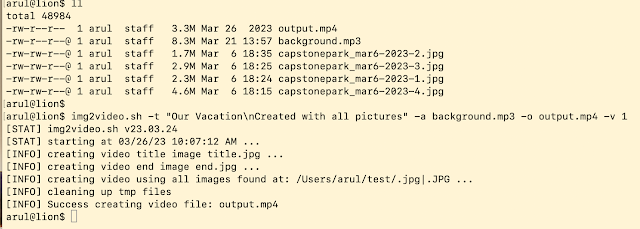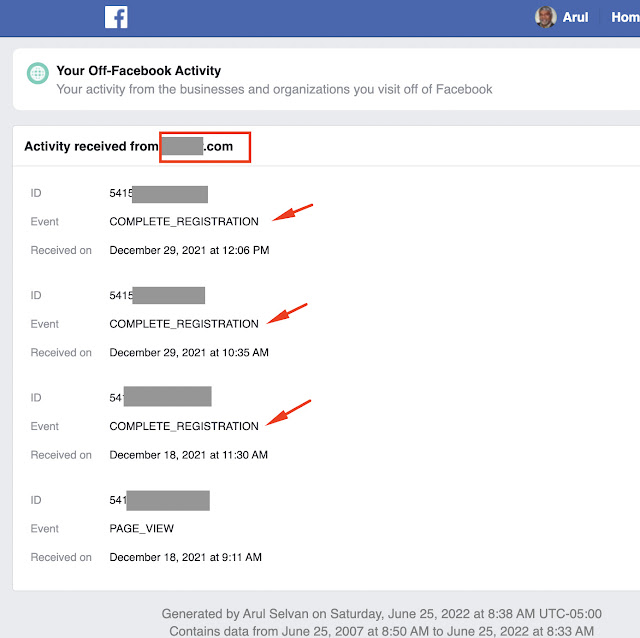Data breach incidents are very common these days. In-spite of all the efforts & money spent by organizations on robust cyber security measures to protect themselves, data breaches continue to occur. With countless sensitive records compromised, it serves as a stark reminder that no organization or individual is immune to cyber threats and as an individual, there is nothing you can do to stop. However, there is one thing you can do to protect your identity and personal data by adding a credit freeze on demand or forever.
As a matter of fact, I don’t see a need for your credit report to be in “unlocked” status unless you apply for loan, bank account, credit card etc. which you don’t do every day. So, why does it need to be in “unlocked” status? When you need it, you can, with a click of a button (at most bureaus) unlock your credit, get your business done and lock it back.
I have listed below all you need (link/phone/address etc) to place a “free” (yes free) credit freeze to avoid becoming a victim of identity theft, fraud and scam that could potentially wipe your hard-earned money and ruin your financial reputation, possibly forever!
EQUIFAX:
By phone: 800-685-1111
By Mail: Equifax Security Freeze, P.O. Box 105788, Atlanta, Georgia 30348-5788
Online Account:
Terminology: FreezeHow To Lock: Home and select Freeze on the side barDirect URL: https://my.equifax.com/membercenter/#/freeze
EXPERIAN:
By phone: 888-397-3742
By Mail: Experian Security Freeze, P.O. Box 9554, Allen, TX 75013
Online Account:
Terminology: Security FreezeHow to Lock: Experian is sneaky & goes out of the way to hide the free service pushing customers to pay for the “File Lock” (a paid service). Use the direct link below to get to the ‘free’ option.Direct URL: https://usa.experian.com/member/security-freeze
TRANSUNION:
By Phone: 888-909-8872
By Mail: TransUnion LLC, P.O. Box 2000 Chester, PA 19016
Online Account:
Terminology: Credit LockHow To Lock: Dashboard has Lock/unlock buttonDirect URL: N/A
INNOVIS:
By Phone: 866-712-4546
N/A





















